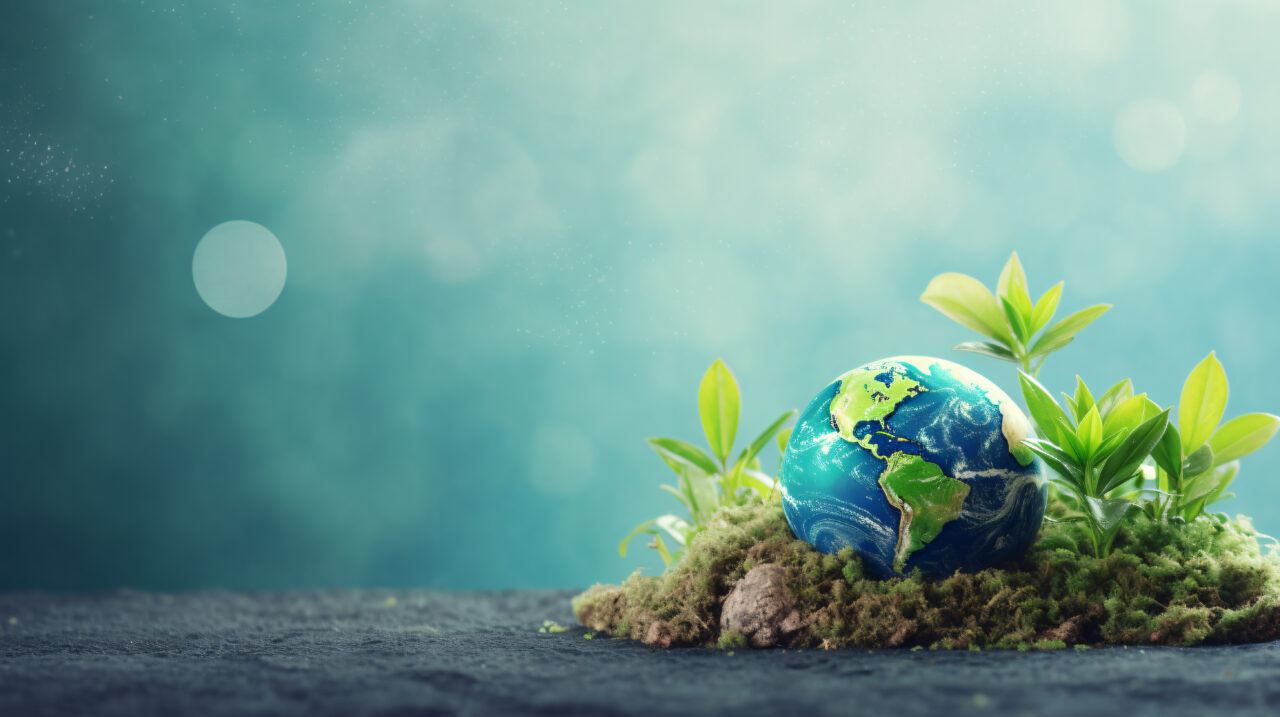The first Earth Day was celebrated on April 22, 1970, founded by Senator Gaylord Nelson to promote awareness of environmental issues nationwide. Around 20 million Americans participated on that day, prompting President Richard Nixon to create the Environmental Protection Agency (EPA) later that year.
Earth Day also played a major role in prompting the Clean Air Act of 1970, the Endangered Species Act of 1973, and several others. In 1990, Earth Day spread to 141 countries around the world, reaching nearly 200 million people.
Today, Earth Day continues to urge Americans and others to think of ways to care for the planet. With this in mind, we at Ocean View have put together a short list of landscaping ideas that celebrate and protect the planet.
READ MORE: Sustainable Landscaping for Modern Commercial Properties
Earth Day: How to Landscape with the Earth in Mind
Endangered Species
Planting just one threatened native plant can make a huge difference. Most local nurseries will have at least one endangered species in stock. This idea is perfect for those on a budget or people who may not have lots of time in their day.
In Florida, there are 448 endangered, 118 threatened, and 9 commercially exploited species. According to Florida’s Department of Agriculture and Consumer Services (FDACS), 54 of these species are on the federal list of endangered plant species, and 14 are on the federal list of threatened species.
Endangered native species that were added to the list in 2024:
- Woolly maidenahair
- Hampton false foxglove
- Glandular maiden fern
- Key West threeawn
- Hemlock spleenwort
- Maidenhair spleenwort
- Winter grape-fern
- Southern bladder fern
- Drooping forked fern
- Free-tip star-hair fern
- Nieuwland’s loosestrife
- Alabama lip fern
- Hairy lip fern
- Limestone adder’s-tongue
- Broad beech fern
- Tropical resurrection fern
- Glaucous knotweed
- Alabama grape-fern
- Florida ladies’ tresses
- Hairy halberd fern
- Dwarf bristle fern
- Blunt-lobed cliff fern
Threatened native species added to the list in 2024:
- Venus’ hair fern
- Bicolored spleenwort
- Black-stemmed spleenwort
- Rattlesnake fern
- Creeping bramble fern
- Goldenrod fern
For more information on Florida’s endangered, threatened, or commercially exploited plants, visit the official FDACS website.
Native Pollinator Plants
Across the US, pollinators have rapidly declined in population. In the 1980s, millions of pollinators could be found all over America. In 2024, the number reported was 9,119 in California. Bumblebees and native bees, as well as the non-native honeybee, are responsible for pollinating most of the country’s food and flower crops. Beekeeper and pollinator Melissa Strauss writes that the projections for 2025 are bleak, with a possible collapse of 70% of colonies.
While no one can fix this issue on their own, it’s important to create spaces for pollinators to live and reproduce. Like stray cats, pollinators normally return to places where food is provided, or nectar, in the bee’s case. You can do this by incorporating native plants in your landscape. This will provide a safe, low-energy source of nectar for your pollinators, inviting them back for years to come.
READ MORE: The Benefits of Native Plants in Landscaping
Sustainable Pest Control
While you nourish your pollinators, remember to use a sustainable method when discouraging unwanted bugs from wandering onto your landscape. Some flowers act as a natural bug repellant while attracting pollinators when planted around the perimeter of a garden or landscape. According to Tampa-based company Earth’s Best Natural Pest Management, the best plants for keeping bugs away include:
- Marigolds
- Lavender
- Lemon grass
- Citronella grass
- Lemon thyme
- Lemon balm
- Rosemary
- Catnip
- Basil
- Sage
- Peppermint
Other ways to naturally repel pests, particularly mosquitoes, include:
- Empty water that has been collected in children’s toys, garden pots, buckets, trash can lids, wheelbarrows, or other items lying around that could collect water.
- Inspect gutters for clogs and clean them regularly to prevent water collection.
- If you have a birdbath, change the water regularly.
- Walk your property and address any low spots in the lawn that collect water or areas that have poor drainage.
To discuss more ways to consider the planet during your landscaping process, visit our Contact Us page to send questions or schedule an appointment.


